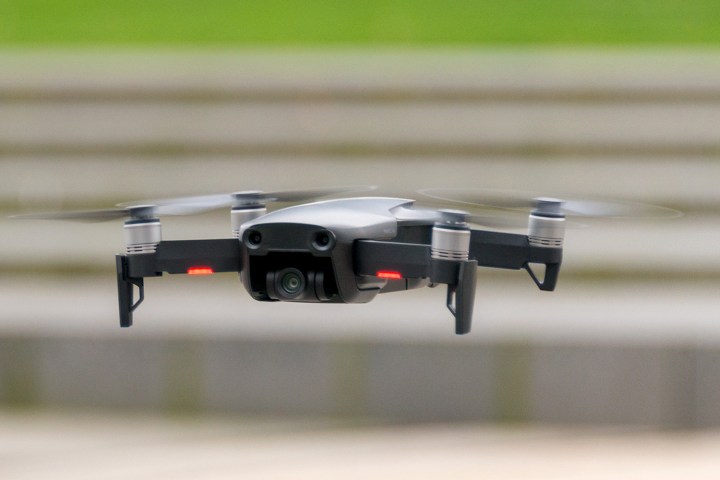
Ownership of the remotely controlled flying machines continues to rise, but among the growing ranks of new pilots there are always going to be a few clods ruining it for the rest of us, flying their drone in places they shouldn’t and disrupting events as a result.
DJI, maker of popular consumer quadcopters such as the Phantom 4 Pro, Mavic Pro, and Spark, is taking steps to reduce the chances of one of its own machines causing trouble at the PyeongChang Winter Olympics, which will begin in South Korea this week.
Keen to protect its own reputation, as well as the safety of athletes and spectators attending the event, DJI has updated its drone software to include temporary no-fly zones around the venues throughout February’s sporting extravaganza. In other words, if you have a DJI-made drone, its propellers won’t even start turning if you try to fire it up near an Olympics site.
“The decision to implement temporary flight restrictions in PyeongChang … is intended to increase safety and security measures and will be in effect for the duration of the competitive events,” the company told Digital Trends in an email.
DJI chose the coordinates of the no-fly zones around the sporting venues by looking at the kind of distances aviation authorities insist upon for clearance from locations like airports.
“The temporary updates to DJI’s existing no-fly zone system are similar to those DJI has set up around other major events that have raised safety or national security concerns in the past,” the company said, citing U.S. political conventions, the Euro 2016 soccer tournament in France, and the 2016 G7 Summit in Japan as examples.
Other measures
Organizers at the Winter Games have additional measures in place should any drone owners flout flight bans and attempt to fly their device over crowds and spectators. As we learned earlier this week, security teams at the event have their own net-equipped drones on standby, ready to ensnare any flying machines spotted in no-fly zones. In more extreme cases where, say, a drone is seen carrying a suspicious item, a SWAT team could shoot it down. The use of signal-jamming guns could also be deployed, offering a controlled takeover of the drone for a safe landing.
In the U.S., the Federal Aviation Administration (FAA) has introduced regulations prohibiting drone flights at major sporting events, though clearly some people still feel a need to flout the ban. At the Super Bowl in recent years, the FAA has warned drone owners not to fly their machine within 36 miles of the stadium, threatening to down rogue drones “with deadly force” if they are considered to be a serious threat.


